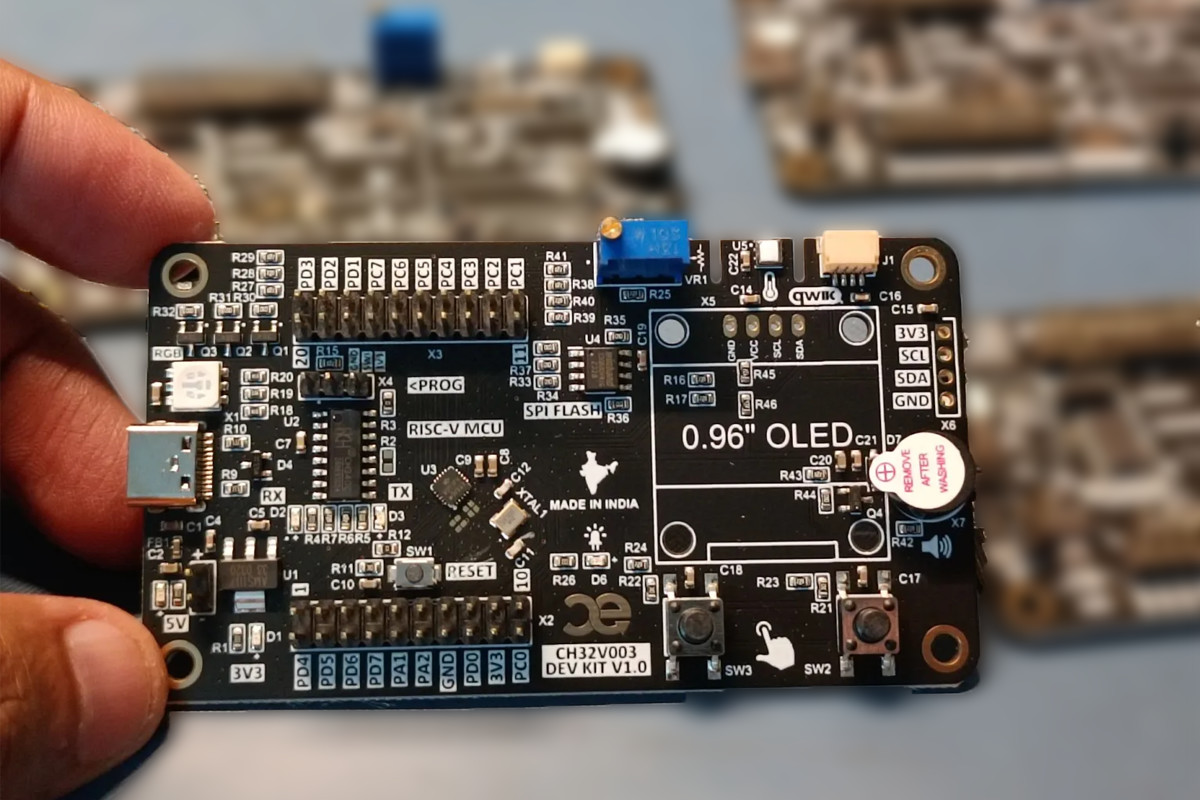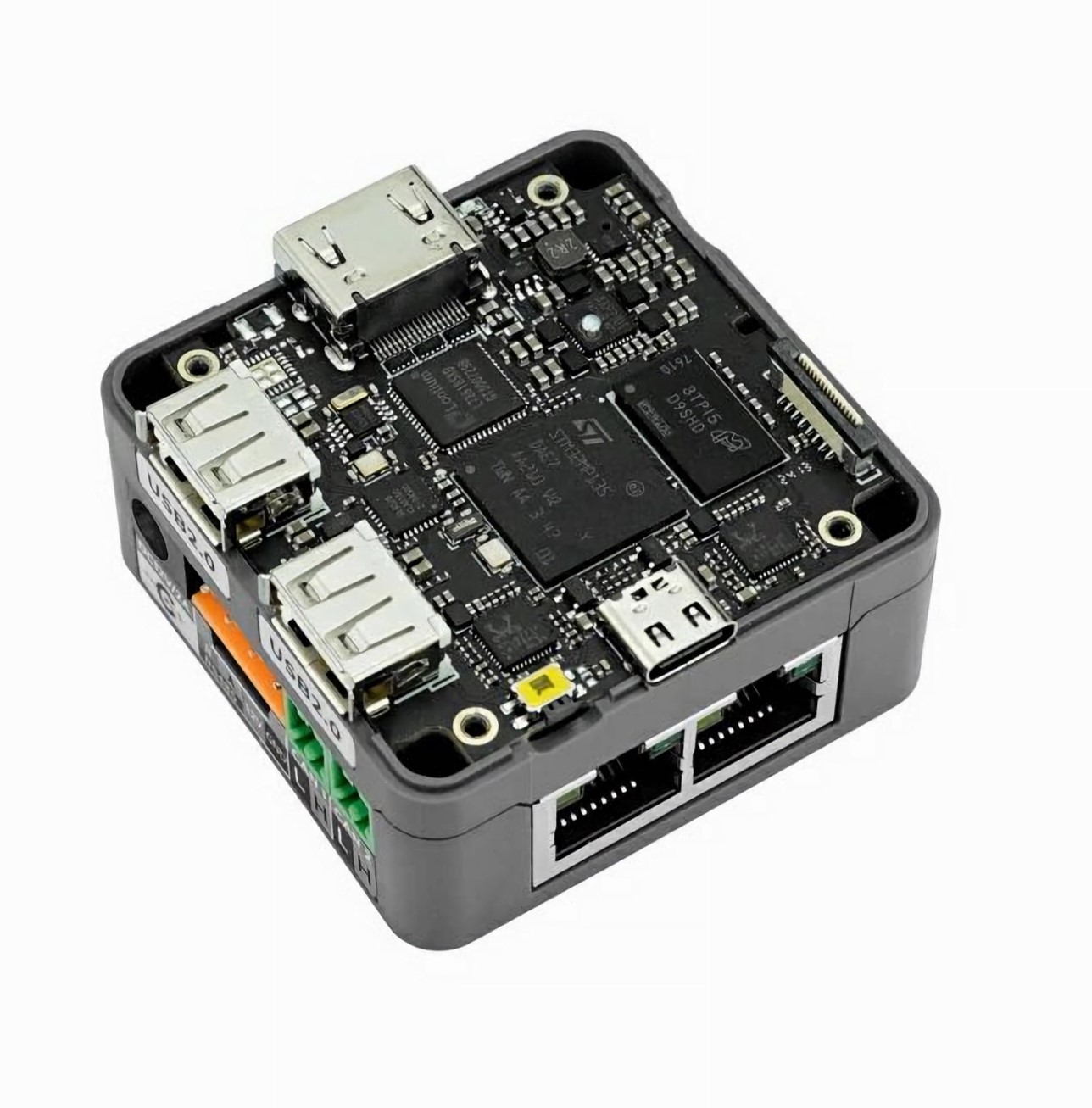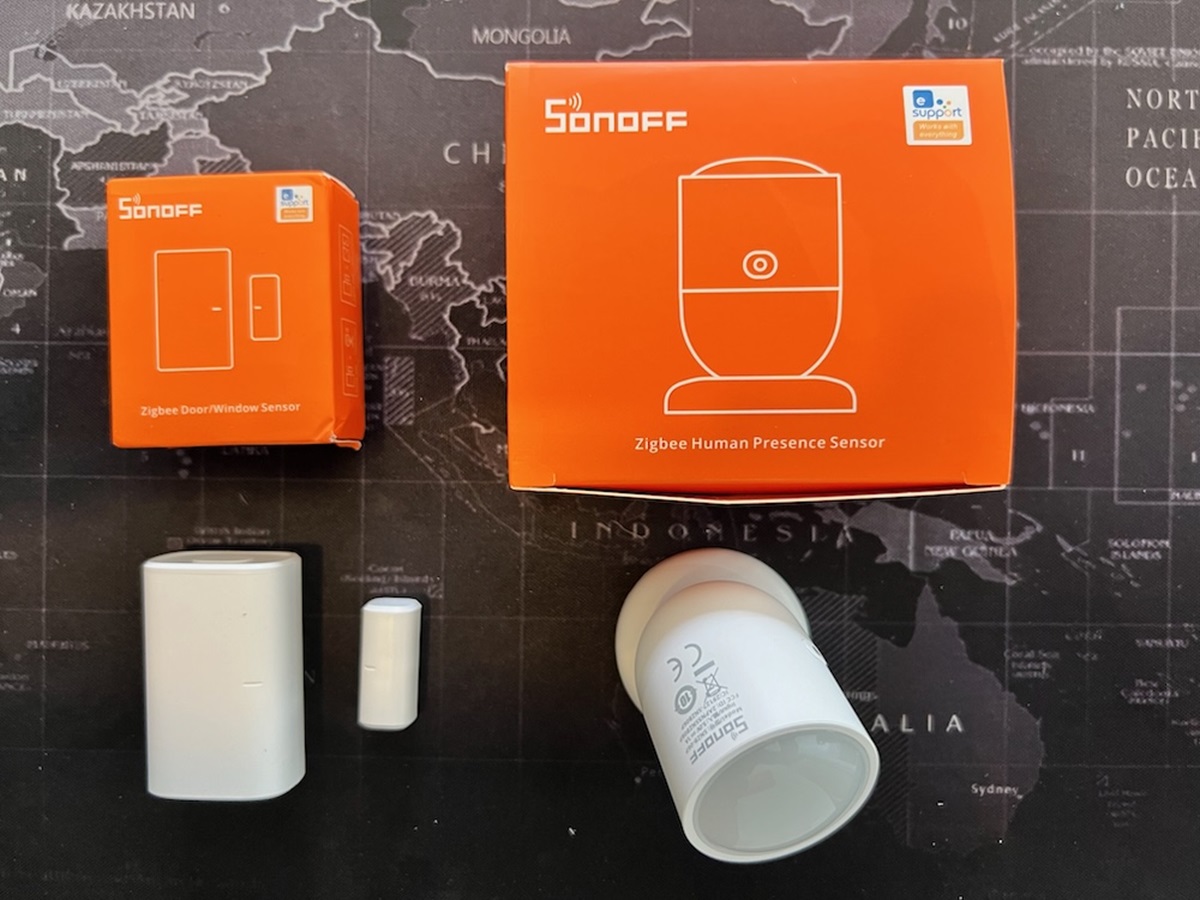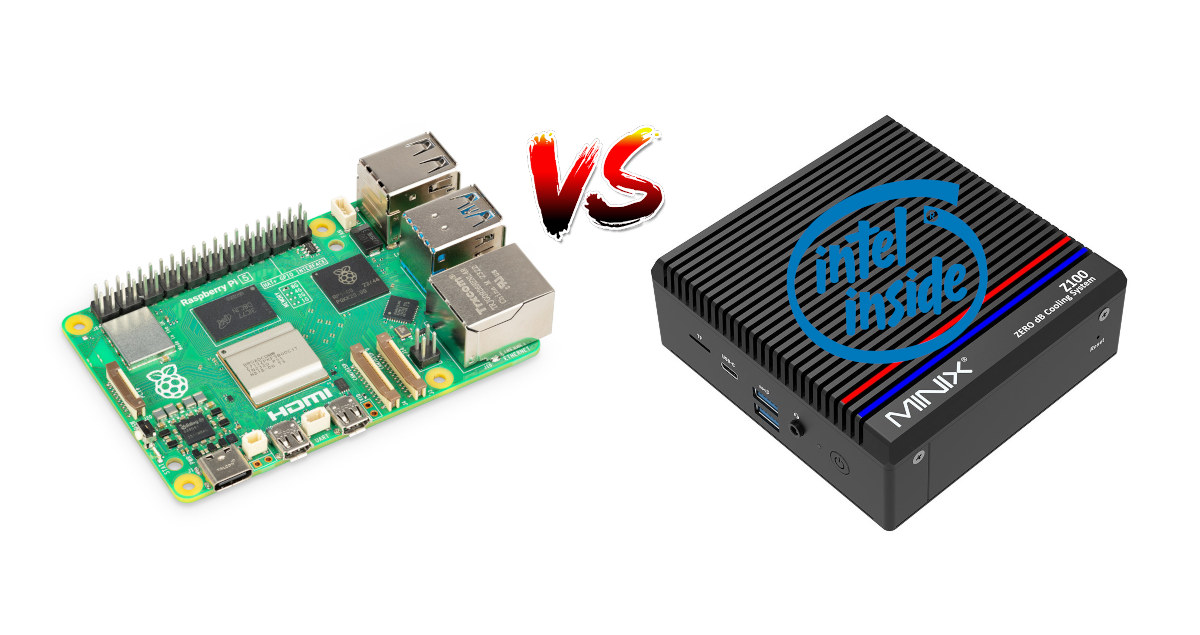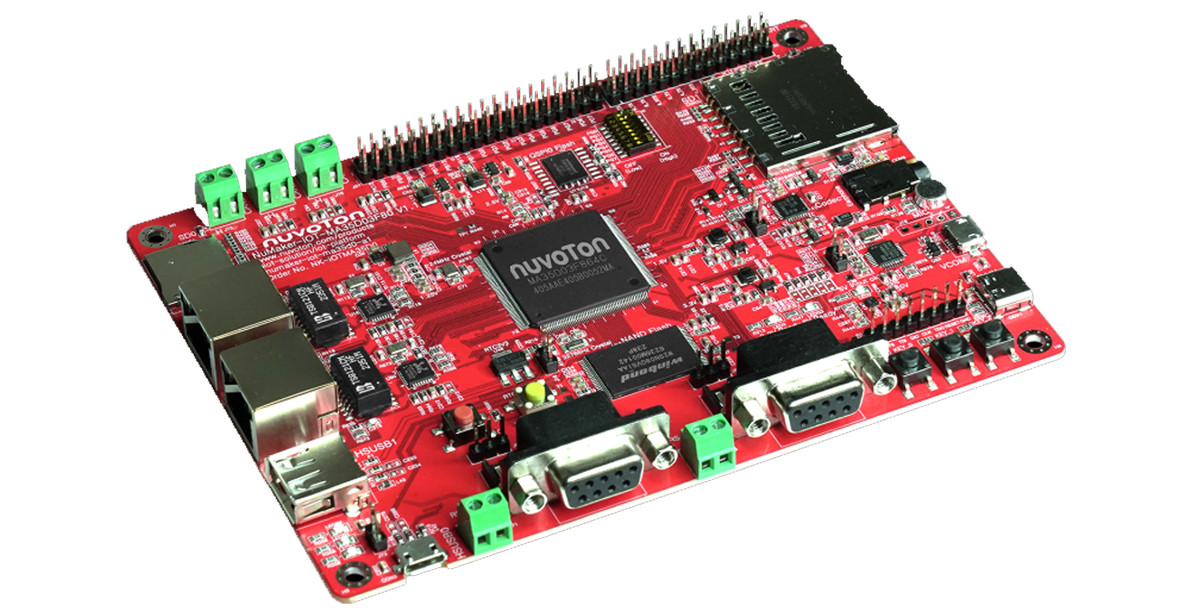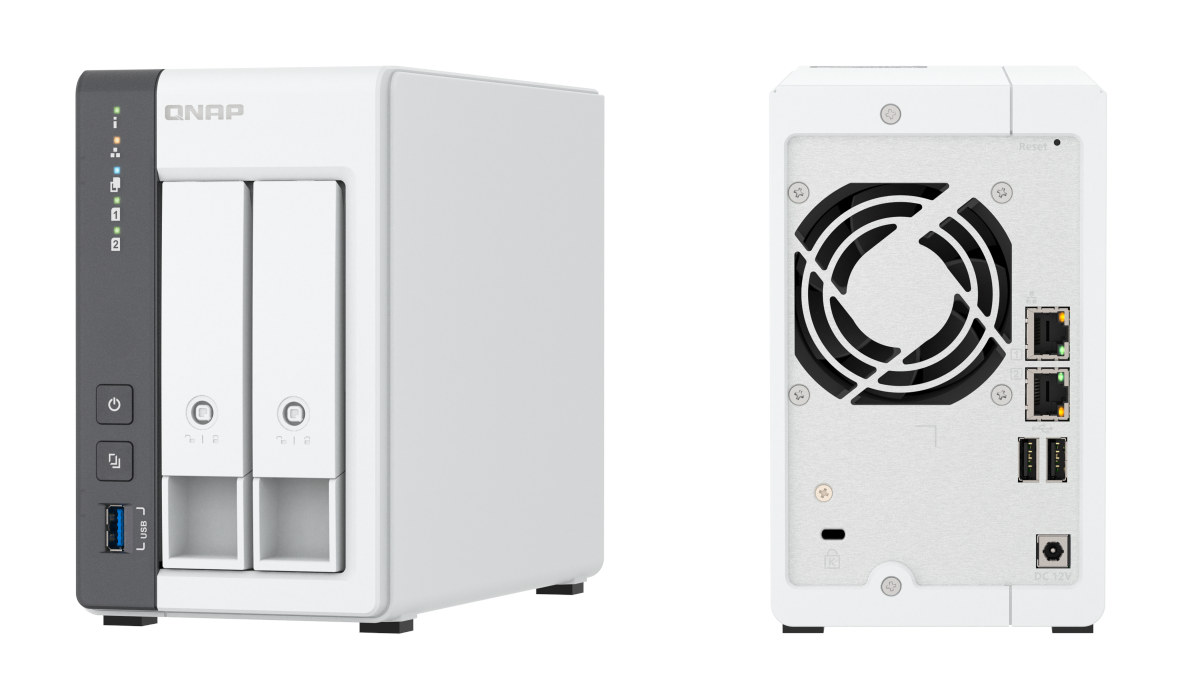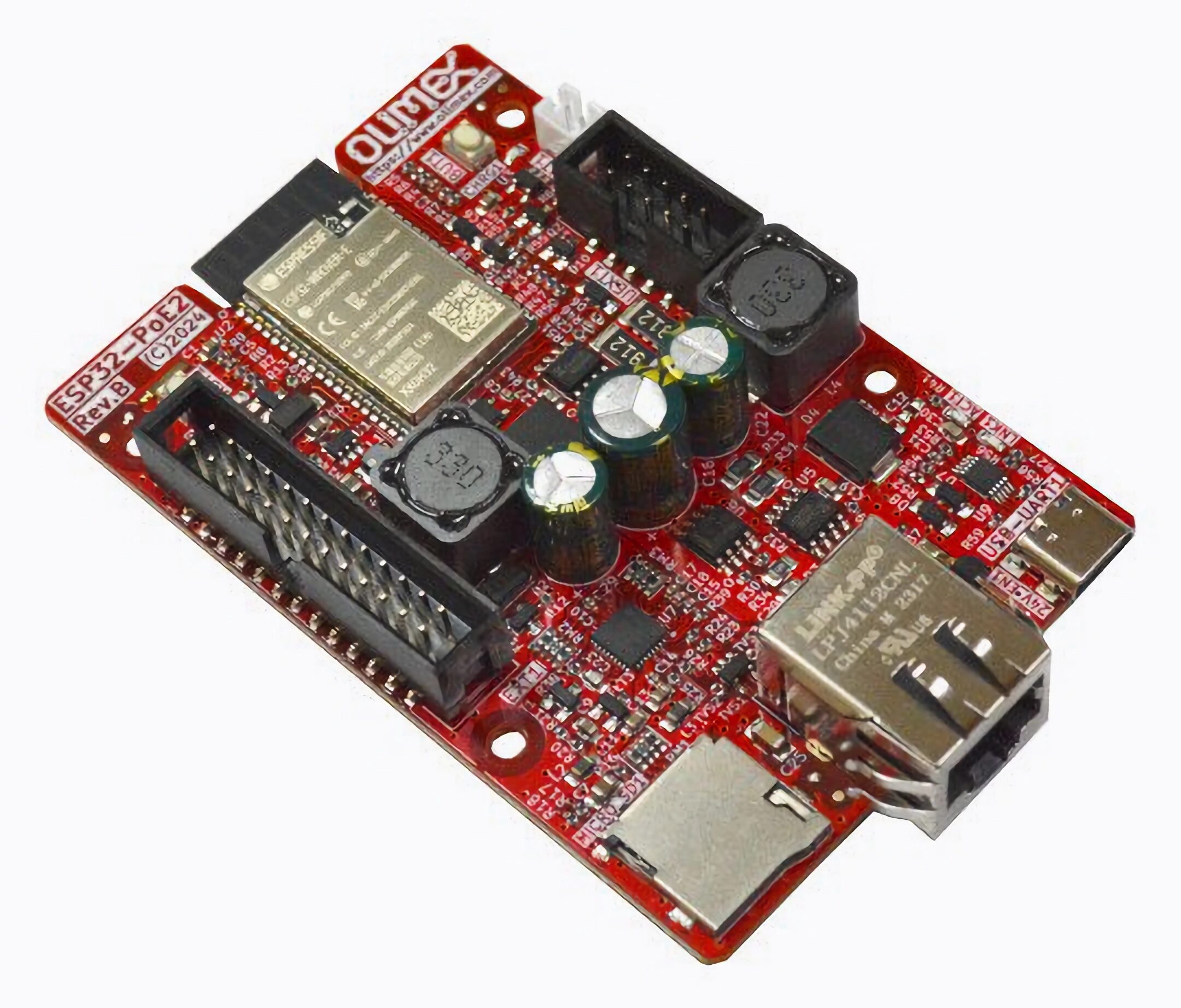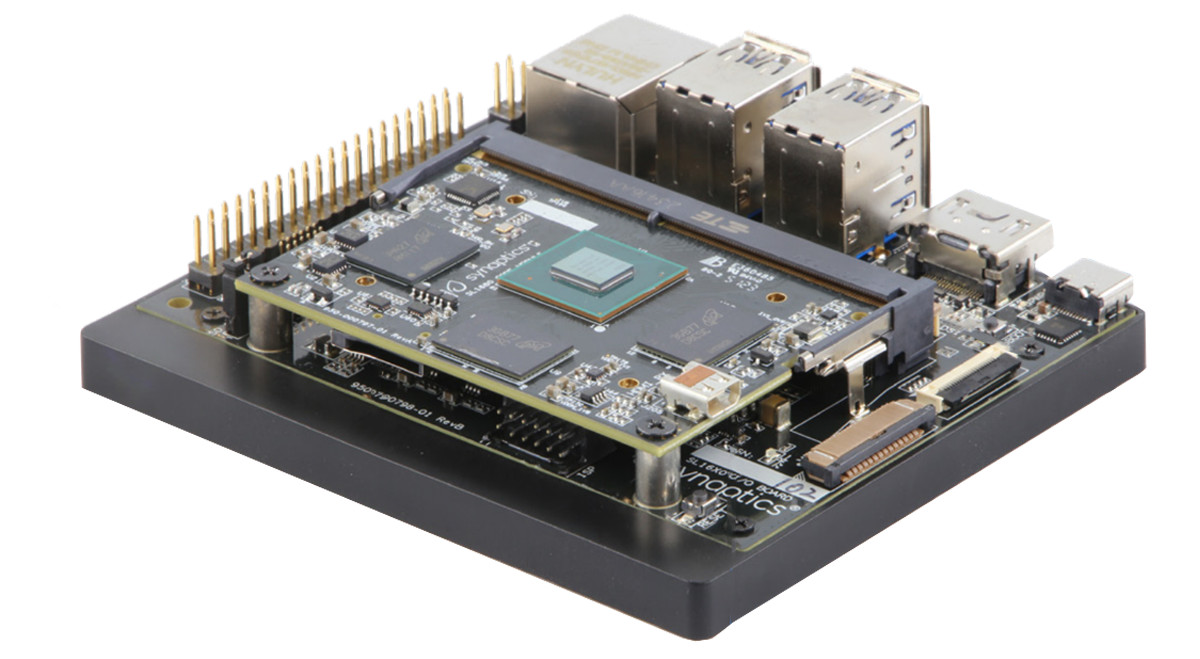CAPUF Embedded CH32V003 Dev Kit is an all-in-one development board with a USB-C interface, onboard sensors (temperature/humidity), an OLED display, SPI NOR Flash, and ample I/O options. Additionally, it features a Qwicc connector, an RGB LED, and a 3-pin header to connect the WCH-link programmer providing further flexibility for your projects. After the initial release of this “10 cents” CH32V003 RISC-V microcontroller, we have seen $1.5 development boards and an open-source GGC toolchain, as well as Arduino support for the WCH RISC-V microcontrollers. Very recently, CNLohr even managed to transmit LoRa packets with this MCU. CAPUF Embedded CH32V003 Dev Kit Specifications: MCU – WCH CH32V003F4U6 32-bit RISC-V2A microcontroller up to 48 MHz with 2KB SRAM, 16KB flash (QFN20 package) USB – 1x USB-C Port for Power (5V) and Serial Interface with onboard USB to UART converter I/Os – 20 Pin MCU IOs with USART, I2C, SPI, ADC Program & Debugging – […]
M5Stack CoreMP135 – A Linux-powered industrial controller based on STM32MP135 Cortex-A7 MPU
M5Stack CoreMP135 is an industrial control host powered by the STM32MP135DAE7 Arm Cortex-A7 core microprocessor running at 1GHz, equipped with up to 512MB DDR3L SDRAM memory, and loaded with high-performance interfaces such as two Gigabit Ethernet ports, three USB ports, two CAN FD interfaces, two Grove interfaces, and an “HD” video output. An integrated PWR485 communication board bundles a 9V to 24V power input and an RS485 interface. The device also features a microSD card slot for storage, a small IPS capacitive touch screen, and a 1W speaker for human-machine interaction. The CoreMP135 is designed for low-power consumption and uses an Allwinner AXP2101 chip for power management. It supports scheduled wake-up and sleep with an integrated real-time clock (BM8563 module). The device runs Linux and comes with a microSD card loaded with the Debian operating system, simplifying setup and allowing usage out of the box. A DIN rail base plate […]
Review of SONOFF SNZB-06P human presence and SNZB-04P door/window Zigbee sensors
SONOFF has been gradually refreshing its Zigbee product lineup since August 2023, and CNX has recently written about the Temperature/Humidity Sensor (SNZB-01P), Switch/Button (SNZB-02P) and Motion Sensor (SNZB-03P), and the SONOFF SNZB-06P human presence sensor. I’ve now had the opportunity to review both the SONOFF SNZB-06P and the new Door/Window Sensor (SNZB-04P). After we keep trying them out for a few weeks, we think reliability is much improved, especially with the Door/Window Sensor, the materials made as well as the appearance look better than the previous models. As for the Human Presence Sensor, it’s the first generation, which is quite impressive considering its price and features. Let’s take a closer look. Door/Window Sensor (SNZB-04P) review Unboxing Obviously, the rounded design differs from the previous rectangular version. It integrates better with the surroundings than the previous model. Additionally, the lithium battery capacity is larger (CR2450 @550mA vs. CR2477 @1000mA), resulting in […]
Raspberry Pi 5 vs Intel N100 mini PC comparison – Features, Benchmarks, and Price
The Raspberry Pi 5 Arm SBC is now powerful enough to challenge some Intel systems in terms of performance, while Intel has made the Intel Alder Lake-N family, notably the Intel Processor N100, inexpensive and efficient enough to challenge Arm systems when it comes to price, form factor, and power consumption. So we’ll try to match the Raspberry Pi 5 to typical Intel processor N100 mini PCs with a comparison of features/specifications, performance (benchmarks), and pricing with different use cases. That’s something I’ve been wanting to look into for a while but I was busy with reviews and other obligations (Hello, Mr. Taxman!), and this weekend I had some spare time to carry on the comparison. Raspberry Pi 5 vs Intel N100 mini PC specifications I’ll start by comparing the specifications of a Raspberry Pi 5 against the ones for typical Intel Processor N100-based mini PCs also mentioning optional features […]
Nuvoton NuMicro MA35D0 is a low-cost dual-Core Arm Cortex-A35 microprocessor for industrial edge applications
The Nuvoton NuMicro MA35D0 series is a cost-effective, dual-core Arm Cortex-A35 MPU designed specifically for edge IoT applications. The specifications of this MPU are very similar to the Nuvoton MA35H0, and it looks more like a low-power low-cost version of the NuMicro MA35D1. The MPU features integrated, stacked DDR SDRAM options (128MB or 256MB) to reduce PCB complexity and BOM costs. It also offers some security options with Arm TrustZone, secure boot, cryptographic accelerators, and a True Random Number Generator, making it ideal for industrial applications. The MPU also offers various peripherals and connectivity options including 2x Fast Ethernet (IEEE 1588 v2) interfaces, high-speed USB, SD3.0/eMMC, three CAN FD, eleven UART, and more. Additionally, the MA35D0 MPU supports touchscreens and a TFT LCD controller with resolutions up to 1280×800. Nuvoton NuMicro MA35D0 Series specifications: CPU Sub-system 2x Arm Cortex-A35 cores running at up to 650 MHz L1 Cache – 32 Kbytes instruction […]
QNAP TS-216G 2-bay NAS features a quad-core Arm processor with NPU for image sorting and searching
QNAP TS-216G 2-bay NAS features a quad-core Arm Cortex-A55 processor with an NPU for AI-powered photo management, 4GB RAM, 2.5GbE and GbE networking ports, two hot-swappable 3.5-inch SATA bay, and a few USB ports. It looks to be an update to the Rockchip RK3566-powered QNAP TS-133/TS-223 with more memory (4GB vs 2GB) and more advanced networking capability (2.5GbE+GbE vs GbE only), while still keeping the object and face recognition capabilities. QNAP TS-216G specifications: SoC – Unnamed but likely Rockchip RK3566 CPU – Quad-core Cortex-A55 clocked at up to 2.0 GHz GPU – Mali-G52 Neural Processing Unit (NPU) Hardware-accelerated Transcoding Encryption Engine System Memory – 4 GB RAM Storage 4 GB eMMC flash (dual boot OS protection) 2x 3.5-inch SATA III bay also supporting 2.5-inch SATA SSDs; hot-swappable Networking 2.5GbE RJ45 jack Gigabit Ethernet jack Wake-on-LAN (WoL) and Jumbo Frame support Number of Concurrent Connections (CIFS) – Up to 200 USB […]
Olimex ESP32-POE2 board offers up to 25W for power-intensive applications
The Bulgarian hardware manufacturer, Olimex, has designed a new ESP32 board with Power over Ethernet (PoE) functionality. The Olimex ESP32-POE2 board builds on the original ESP32-POE and features the same ESP32-WROOM-32 microcontroller module with Wi-Fi and Bluetooth connectivity. However, it supports up to 25W power delivery from the Ethernet port via PoE and can be used in more demanding projects. The Olimex ESP32-POE2 board features a low-power design and consumes only 200µA in deep sleep mode. The board can be powered via USB-C, Ethernet, or Li-Po battery. The Ethernet interface is built on Texas Instruments’ TPS2378PW chip with IEEE 802.3at classification and legacy PoE support. Powering with PoE requires at least 37V DC for seamless operation. Two proprietary connectors (UEXT and EXT1) can be used to add sensors and other modules and expand the board’s operation for IoT projects. Users can select between 24V/0.75A or 12V/1.5A power output, with a […]
Synaptics Astra platform takes SL1620, SL1640, or SL1680 Arm CPU module for Edge AI applications
Synaptics has unveiled its new Astra platform with a range of SoC and a development kit for edge AI applications. These new processors and a supporting development kit are built to provide out-of-the-box AI capabilities for IoT devices, reducing reliance on cloud-based AI. This new Synaptics Astra Platform is built around three main SoCs. The SL1680 is built for multi-modal IoT applications and features a quad-core Arm Cortex-A73 CPU, dedicated 7.9 TOPS NPU, and 4K video. The SL1640 is a cost and power-optimized SoC with a quad-core Cortex-A55 CPU and 1.6+ TOPS NPU. Finally, the SL1620 is a graphics and AI accelerator with a quad-core Cortex-A55 CPU and dual-core Imagination BXE-2-32 GPU but does not feature an NPU. The development kit features a module design where the new swappable compute modules allow flexible configurations. The devkit will support open Yocto Linux distribution and Synaptics AI toolkit for quick AI integration. […]


